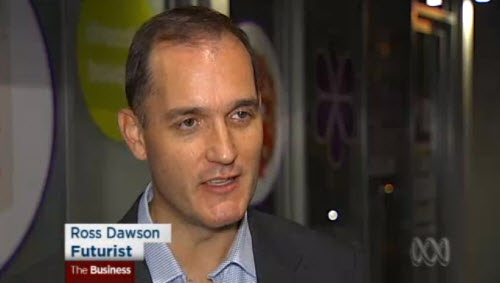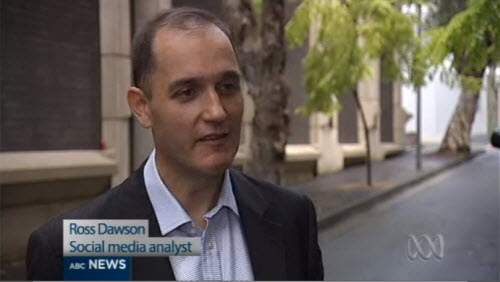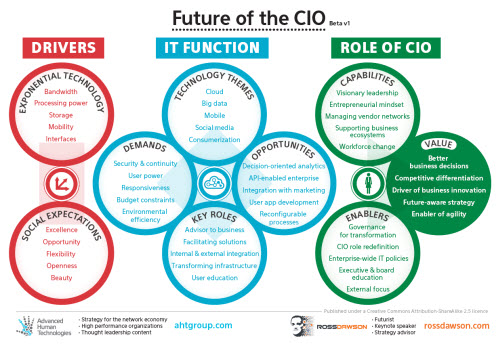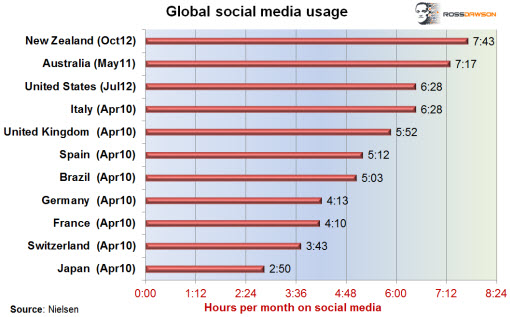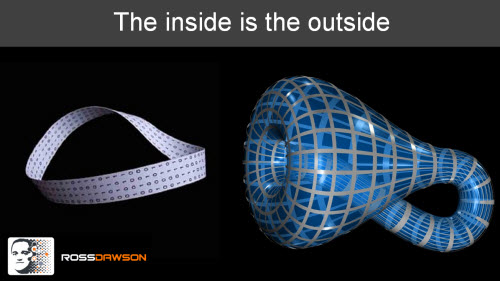Crowdfunding creates a new layer of capital markets and new layers of value
Yesterday ABC News featured a story on crowdfunding, providing a quick overview of the space for a broad audience.
An edited version of the segment on the 7pm News also appeared on The Business program. Click on the image to see a video of the news segment.
Having spent quite a few years working in capital markets, I have long seen that shifts in the broader economy mean we need new layers of capital markets.
Read more →

